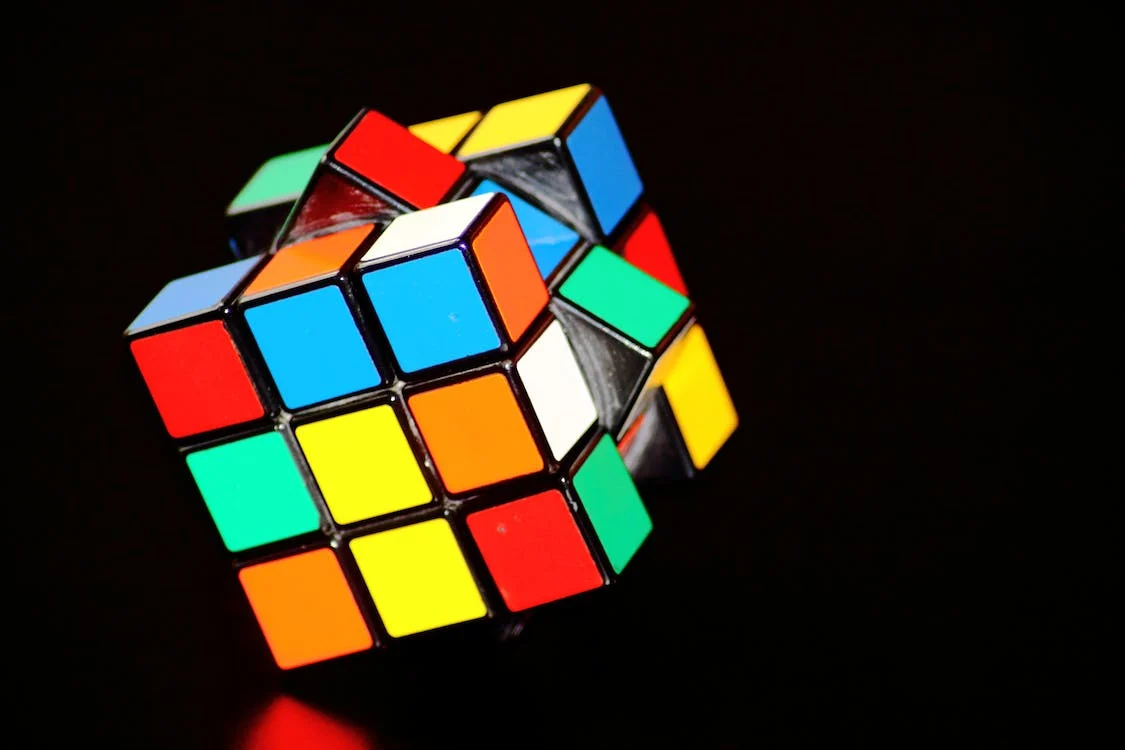Probably one of the most famous puzzles, the Rubiks Cube is a 3-D combination puzzle that has fascinated people since it was first created in the 1970s. It was designed by the Hungarian sculptor and professor of architecture, Ern Rubik.
Arrangement
Whether you’re an aspiring pro or just a casual enthusiast, you may be familiar with Rubik’s cube. However, the puzzle is only one of its kind. As such, it presents a challenge in terms of both time and patience. Luckily, there are many resources pointing you in the right direction.
For starters, there is a hulking aforementioned Rubik’s cube which you can pick up at your local Target or Walgreens, and there’s even a specialized version for the kids. In addition, you’ll also find puzzles of all types on television. For instance, you may have seen a game show featuring an actor or actress in the lead role, a game based on a popular video game, or even an animated version of the classic Nintendo game.
You may also be familiar with the Rubik’s cube trophy of honor, a trophy awarded to the best overall team. A trophy of this caliber isn’t cheap. In fact, you may have to pay a hefty price tag, but it’s worth it.
Notation
Using Rubiks Cube Notation is a critical skill to learn when you are trying to solve this puzzle. It helps to increase your eye and hand coordination and will make your algorithms go faster. Rubiks cube notation is a set of letters and digits that indicate the direction of rotation. These rotations are commonly written as small letters, but are also sometimes superscripted.
A capital letter is used to describe deep turns. These are the turns that are not visible to the naked eye. The capital letter can be followed by two digits, or a prime (‘) symbol. If the turn is to rotate the whole cube about a face, the letters x’ or x” are used. The capital letter + w is also used when turning a layer.
The lowercase letters are used for the turns of the first two layers of the face. The lowercase letter may indicate a turn of the cube as a whole or a turn of a slice.
Solving
Using your brain to solve a Rubik’s cube is a great exercise for your mind. It keeps your brain active, which allows your brain to process information faster and efficiently. In addition, it will help you develop cognitive skills that you can use in other areas of your life.
When you solve a Rubik’s cube, you need to focus on one object and follow a set of steps. It takes time, practice, and concentration to solve the cube. You’ll need to rotate the cube, turn it again, and correct mistakes.
When you’re solving a Rubik’s cube, each move will lead to a unique solution. There are 12 reachable configurations. Sometimes these are called “orbits.” You’ll also need to be able to recognize patterns. In addition to that, you’ll need to know the correct sequence of steps.
You’ll need to practice using algorithms to solve the Rubik’s cube. There are many different methods to solve it, but most of them require pattern recognition. You’ll also need to memorize the sequential steps of the algorithms.
Speedcubing
Throughout the noughties, speedcubing has become a world wide trend. Speedcubers can perform hand movements at top speeds, and use their muscle memory to recognize cases. Some people have devoted their lives to finding the most efficient way to solve scrambles. The best cubes for speedcubing come in different sizes, shapes, and prices. Some of the best cubes are designed for professional cubers, while others are good for beginners.
Speedcubing is a competitive activity, and the World Cube Association organizes competitions. Most competitions are held for a day or two on weekends. This is a fun way to meet other speedcubers. It is also a great way to get a sense of how other people solve the Rubik’s cube.
If you’re looking for a quality cube, you’ll want to choose one with a corner-core magnetic positioning system. This prevents an aggressive snap, and allows consistent magnetic movement. A good cube will execute the algorithm effortlessly.
Corner-cutting is a critical part of speedcubing. A good corner-cutting cube will allow you to move the pieces without breaking them. A cube that is not good for corner-cutting will not be able to execute algorithms efficiently.

